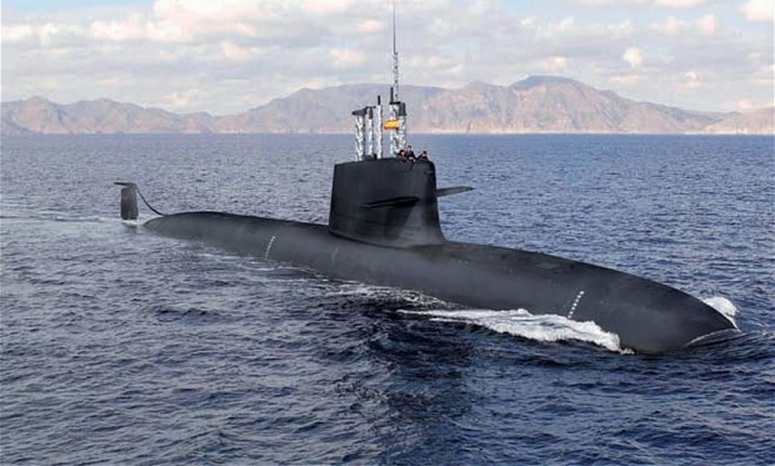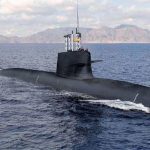How a simple math error of putting a decimal point in the wrong place resulted in a 7-year delay of Spain’s S-80 submarine and a $2.67 billion in cost overruns

More than eleven years ago, the National Aeronautics and Space Administration (NASA) lost a $125 million Mars orbiter spacecraft due to a metric math mistake. The accident took place in September of 1999, after almost 10 months of travel to Mars. The Mars Climate Orbiter, which was built by Lockheed Martin, burned and broke into pieces.
After several months of investigations, NASA said the error occurred because a Lockheed Martin engineering team used English units of measurement while the agency’s team used the more conventional metric system for a key spacecraft operation, according to a review finding. Here is how NASA described the unsuccessful mission:
“NASA’s Mars Climate Orbiter was designed to study Mars from orbit and to serve as a communications relay for the Mars Polar Lander and Deep Space probes. The mission was unsuccessful due to a navigation error caused by a failure to translate English units to metric.“
The error later caused the Mars Orbiter to miss its intended orbit (87 to 93 miles or 140 to 50 kilometers) and to fall into the Martian atmosphere at approximately 35 miles (57 kilometers) in altitude and to disintegrate due to atmospheric stresses.
Unfortunately, this is just one of many engineering mistakes caused by simple mathematical errors. In 2013, Spanish engineers discovered that their newly built generation S-80 class submarine was just too “overweight” to float. The engineers later had to redesign the submarine to solve the buoyancy problems.
It all started in 2003 when the Spanish Navy ordered four S-80 diesel-electric attack submarines to replace the aging, Cold War-era Agosta class. Then in 2013, engineers discovered a serious design flaw – the submarine was too heavy and would sink like a stone. Miscalculations at the engineering stage were blamed for a two-year delay in delivery of the first of four submarines commissioned from Spain’s state-owned shipbuilder Navantia, according to a 2013 report from The Telegraph.
The S-80 submarines were planned to enter service in 2015 but got delayed for another 7 years due to “weight imbalance problems.” It turned out the problem was due to one of the engineers on the project putting a decimal point in the wrong place. The project later cost Spain’s Ministry of Defense $2.67 billion (€2.2 billion) in cost overruns.
“The 233ft vessel may have to be lengthened to compensate for the excess weight, a redesign that comes with an estimated cost of 7.5 million euros per extra meter. The shipbuilders based in Cartagena, southern Spain, are now seeking “technical experts from abroad” to advise in the redesign of what was billed as the “most modern conventional submarine,” Telegraph wrote.
In May 2013, Navantia announced that a serious weight imbalance design flaw had been identified which later delayed the delivery of the first submarine to the Spanish Navy until 2017. In January 2018, the intended delivery date of the first submarine was moved to September 2022.
Below is the video of Spain’s S-80 submarine.
Hats off to Massimo who first brought this to everyone’s attention on Twitter.
Spain's S-80 submarines were planned to enter service in 2015 but "weight imbalance problems" delayed them for 7 years. Someone put a decimal point in the wrong place. Cost overruns to fix that: €2 billions. One of the most expensive math errors ever https://t.co/XwEmIEINct pic.twitter.com/VaPOX18rah
— Massimo (@Rainmaker1973) May 18, 2020

